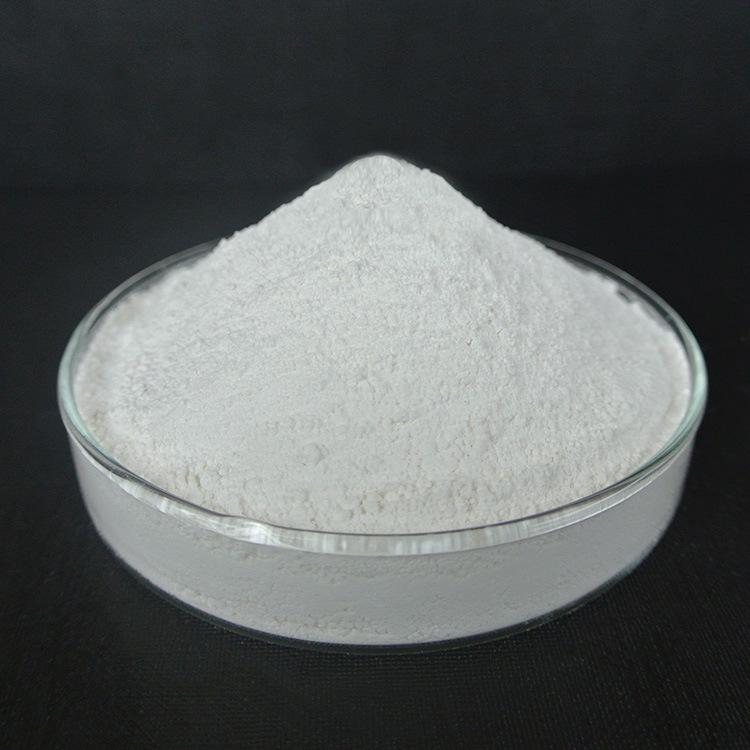Thermal stabilizermust be able to capture the autocatalytic HCL released by PVC resin, or be able to react additively with the unstable polyolefin structure produced by PVC resin to prevent or Reduce the decomposition of PVC resin. Generally, the characteristics, functions and product requirements of the heat stabilizer selected in the formula are considered. For example:
Lead salt stabilizer is mainly used in in hard products. Lead salt stabilizers have the characteristics of good thermal stabilizers, excellent electrical properties, and low prices. However, it is highly toxic and can easily contaminate products, so it can only produce opaque products. In recent years, composite stabilizers have appeared in large numbers, and single-component stabilizers are in danger of being replaced. The characteristics of compound stabilizers are strong specificity, low pollution, and easy ingredients for processing enterprises. However, since there is no unified standard, the composite stabilizers of each company vary greatly.

Barium-cadmium stabilizer is a type of heat stabilizer with better performance. It is widely used in PVC agricultural film. Usually barium cadmium zinc is used in combination with organic phosphites and antioxidants.
Calcium zinc stabilizers can be used as non-toxic stabilizers in food packaging, medical equipment, and pharmaceutical packaging, but their stability is relatively low. When the calcium stabilizer is used in large amounts, the transparency is poor and it is easy to bloom. Calcium-zinc stabilizers generally use polyols and antioxidants to improve their performance. Recently, calcium-zinc composite stabilizers for rigid pipes have appeared in China. Shenzhen Sendeli Plastic Additives Co., Ltd. has successfully developed the CZX series of non-toxic calcium-zinc stabilizers, which can meet the production requirements of rigid pipes and fittings and are used in batches by pipe manufacturers such as Lesso.
Organotin heat stabilizers have better performance and are a better variety forPVC hard products and transparent products. In particular, octyltin has almost become an indispensable stabilizer for non-toxic packaging products, but its price is relatively expensive.
Epoxy stabilizers are usually used as auxiliary stabilizers. This kind of stabilizer can improve the stability of light and heat when used together with barium cadmium calcium zinc stabilizer. Its disadvantage is that it is easy to bleed out. Also used as auxiliary stabilizers are polyols and organic phosphites.
In recent years, rare earth stabilizers and hydrotalcite-based stabilizers have also appeared. Rare earth stabilizers are mainly It is characterized by excellent processing properties, while hydrotalcite is a non-toxic stabilizer.



 微信扫一扫打赏
微信扫一扫打赏
